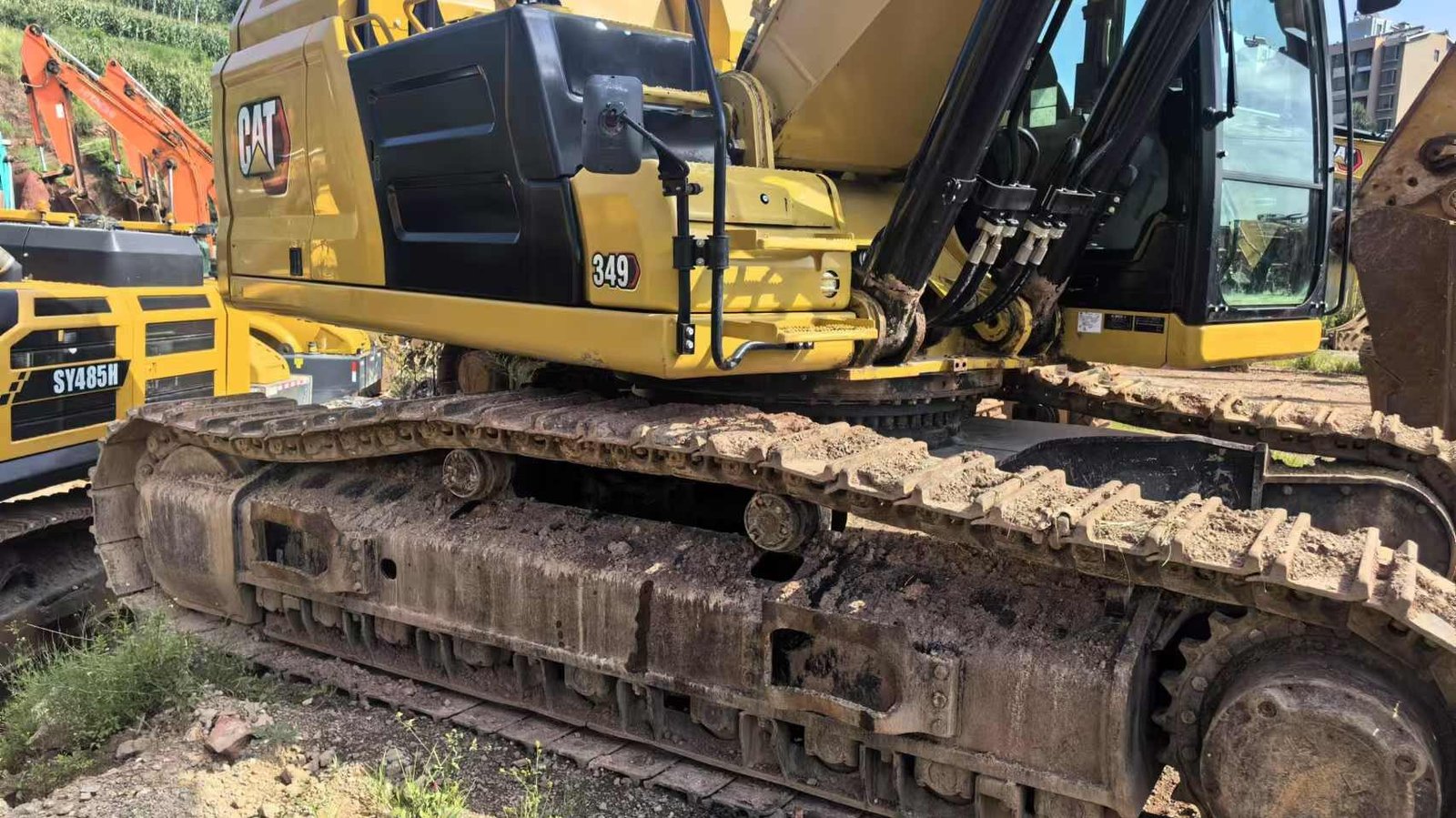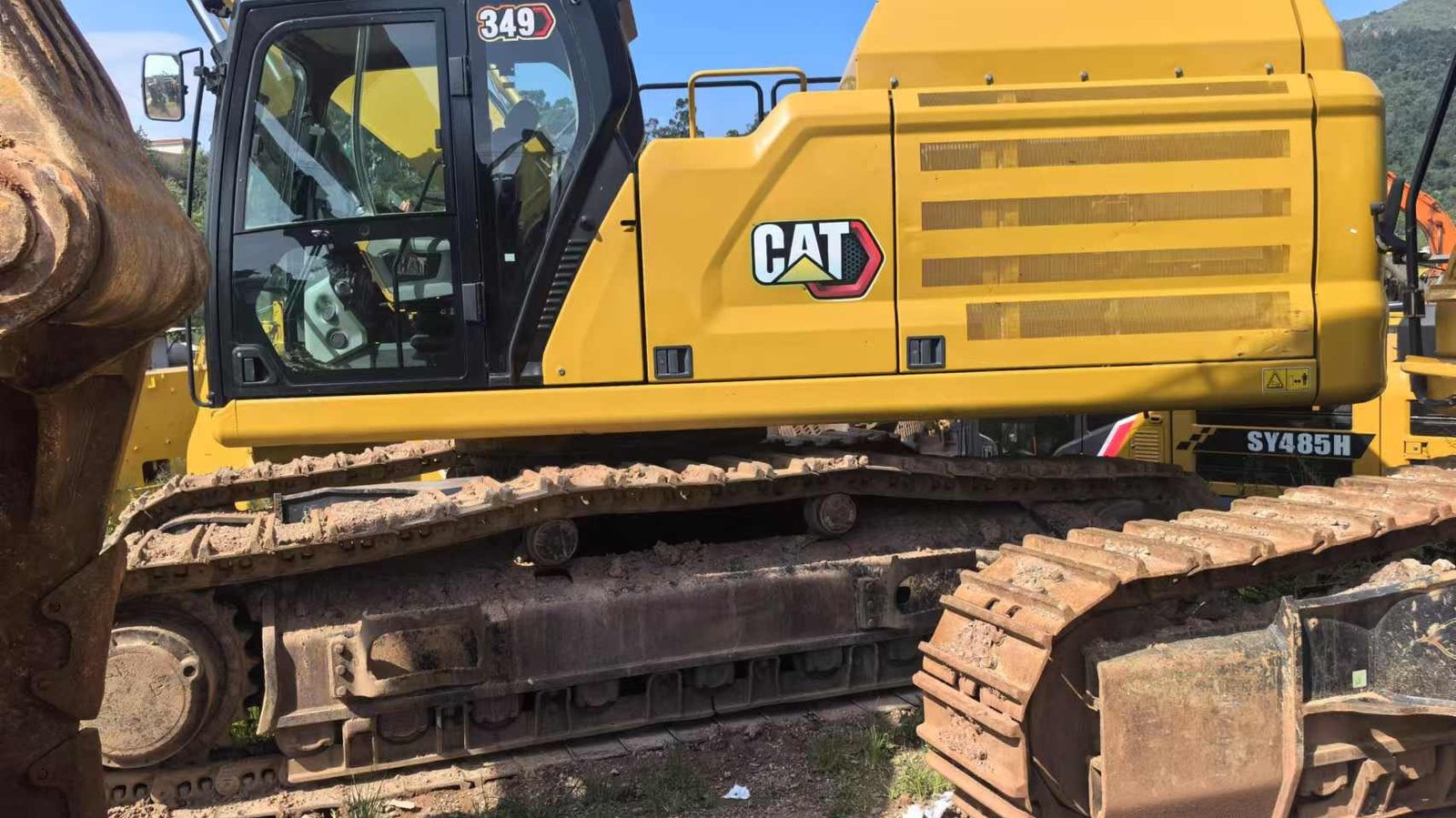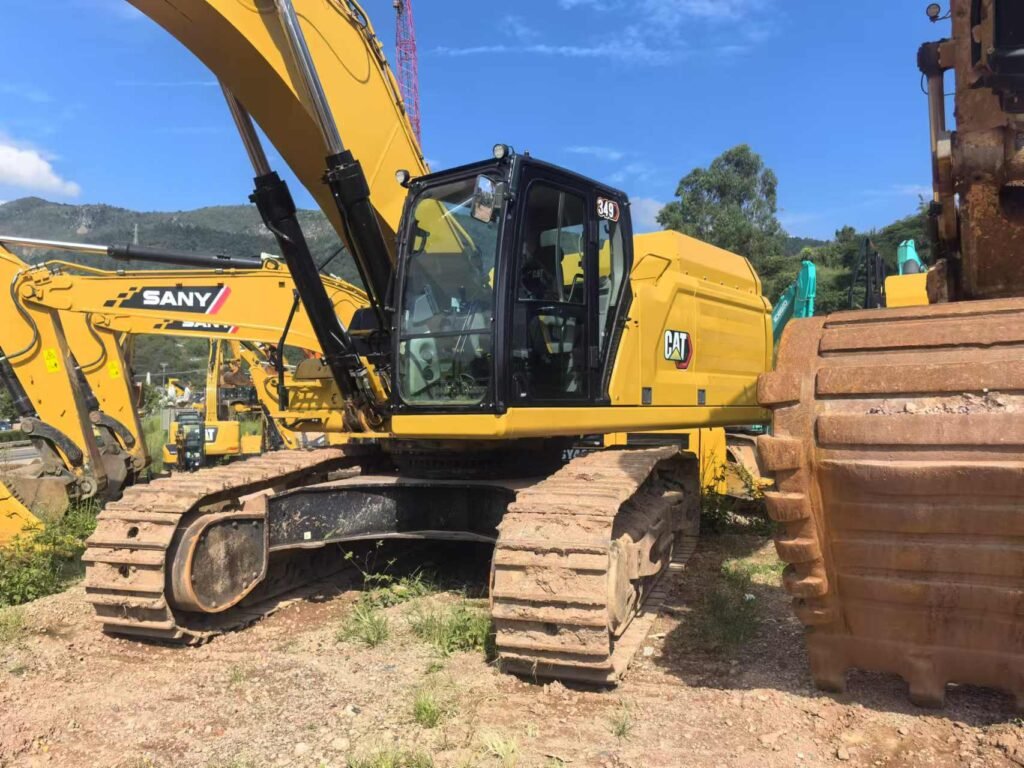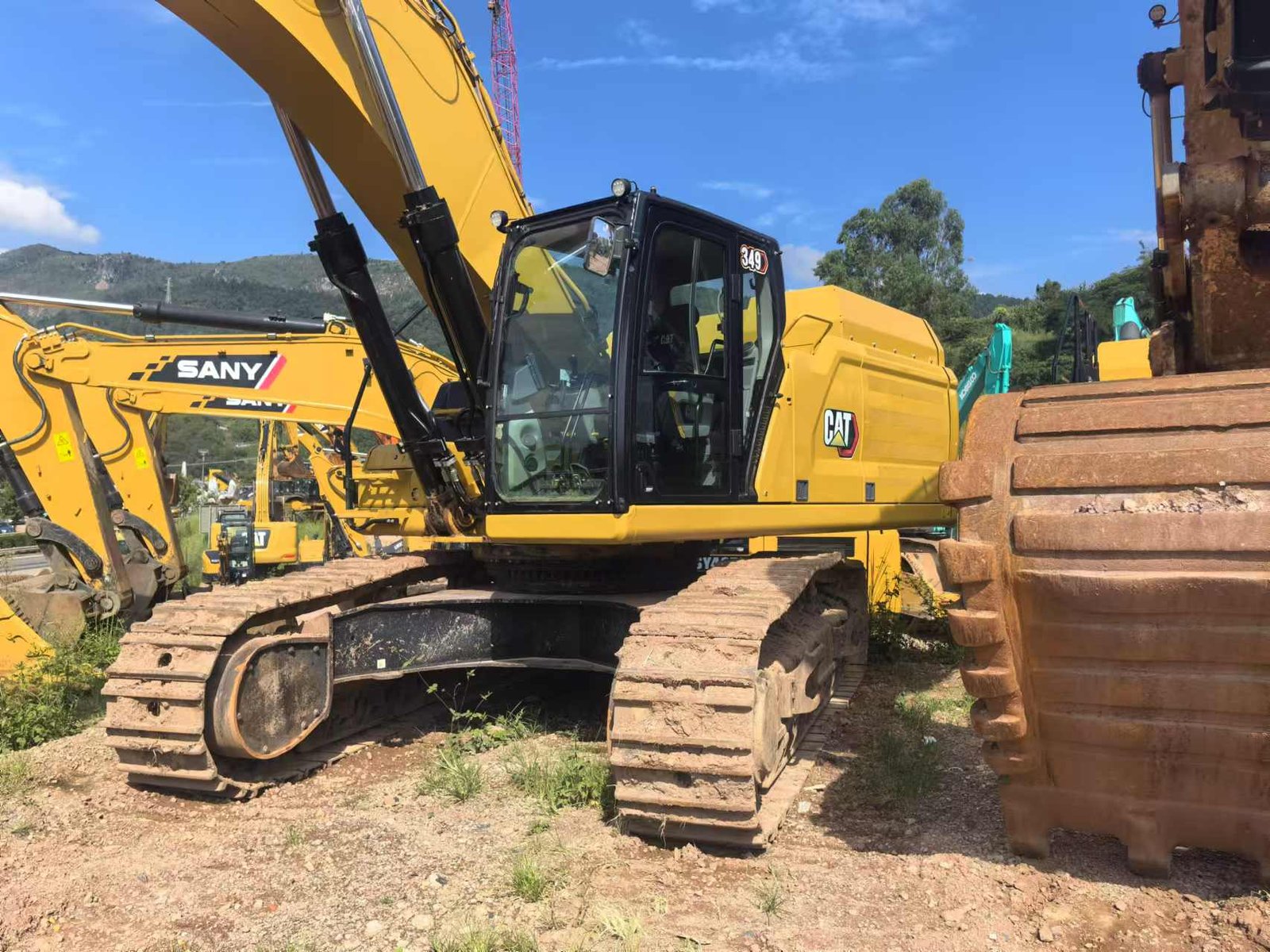I. Introduction
A. Definition of Used Construction Equipment
- Used construction equipment refers to machinery and equipment that have been previously utilized, including excavators, bulldozers, cranes, concrete mixers, and more. These machines are often refurbished and maintained, making them suitable for reuse in various projects.
B. Background for Choosing Used Equipment
- With the growing emphasis on cost-effectiveness, resource sustainability, and environmental consciousness, an increasing number of customers are considering purchasing used equipment. In times of economic uncertainty, budget constraints lead many companies to prioritize used equipment. Additionally, the rapid growth of the construction industry has spurred demand for used machinery as companies seek to complete projects quickly and reduce costs.
II. Key Questions and Answers
A. Cost Effectiveness
- Why are used equipment typically cheaper?
- Used equipment is generally priced lower than new equipment due to depreciation and market supply-demand dynamics. Purchasing used equipment can significantly reduce initial investments, allowing businesses to allocate more funds to other critical areas such as workforce and market expansion.
- Can purchasing used equipment save on maintenance and operating costs?
- While maintenance costs for used equipment may be higher, many machines, when certified and properly maintained, can still deliver excellent performance. For budget-conscious enterprises, carefully evaluating and selecting used equipment can lead to higher long-term returns on investment and lower overall operational costs.

B. Availability and Choice
- How is the availability of used equipment?
- The market typically has a robust supply of used construction equipment, allowing customers to find various models and brands based on their needs. The thriving used equipment market offers businesses the opportunity to access diverse choices quickly, fulfilling project requirements effectively.
- Is there more flexibility in choices?
- The used market provides a broader selection of different brands, models, and configurations. Customers can select the most suitable equipment for specific project needs without being limited to a single brand or the availability of new machinery.
C. Immediate Use
- Is the delivery time for used equipment shorter?
- Used equipment can usually be delivered quickly after purchase, allowing customers to begin using it immediately. This is particularly crucial for time-sensitive projects. By obtaining equipment swiftly, businesses can manage project timelines more effectively and avoid losses caused by delays.
- How long is the production cycle for new equipment?
- The production and delivery cycle for new equipment can take several months, severely impacting project timelines. In some cases, custom requirements for new machinery may further extend delivery times. Therefore, choosing used equipment helps companies respond promptly to market demands, ensuring that construction schedules remain on track.
D. Performance and Reliability
- How does the performance of used equipment compare to new equipment?
- Many used machines are well-maintained and can meet current project performance requirements. Customers can assess performance by testing the equipment, reviewing operational records, and checking maintenance history to ensure that the machinery can perform as expected.
- How can one evaluate the reliability of used equipment?
- Customers can evaluate reliability by examining maintenance records, usage history, and previous work conditions. Additionally, selecting reputable suppliers is crucial in ensuring equipment quality. The expertise and experience of suppliers can help customers make informed purchasing decisions.

E. Environmental Impact and Sustainability
- Is choosing used equipment more environmentally friendly?
- Purchasing used equipment helps reduce resource consumption and waste generation, aligning with sustainable development goals. By extending the lifespan of machinery, customers can achieve a lower environmental impact in their projects, promoting efficient resource utilization.
- What is the perspective on the reuse value of used equipment?
- The reuse of used equipment not only conserves resources but also reduces the demand for new equipment production, thereby lowering carbon emissions and environmental burdens. Choosing used equipment is not only an economical choice but also a responsible environmental decision, helping businesses establish a positive image regarding social responsibility.
III. Conclusion
A. Summary of the Advantages of Used Equipment
- In summary, used construction equipment offers significant advantages in terms of cost, availability, delivery time, performance, and environmental impact. These factors collectively drive more customers to choose used equipment, particularly when budgets are tight or timelines are critical.
B. Recommendations for Optimal Choices
- Customers should conduct thorough evaluations of equipment history and market conditions when making purchases to ensure they select suitable used machinery. Additionally, collaborating with reputable suppliers can provide access to high-quality products and services. It is also advisable to perform on-site inspections before buying to ensure the equipment is in good condition and to avoid potential future issues. By taking these measures, customers can maximize the value of used equipment, achieving efficient construction and effective cost control.



